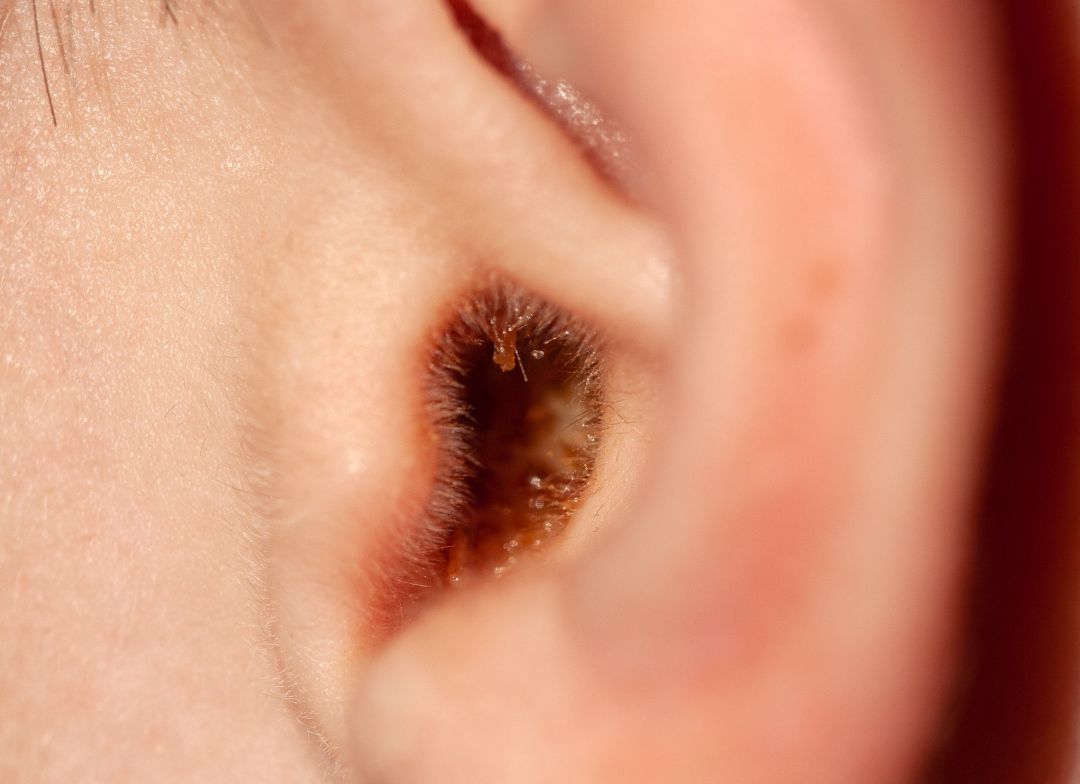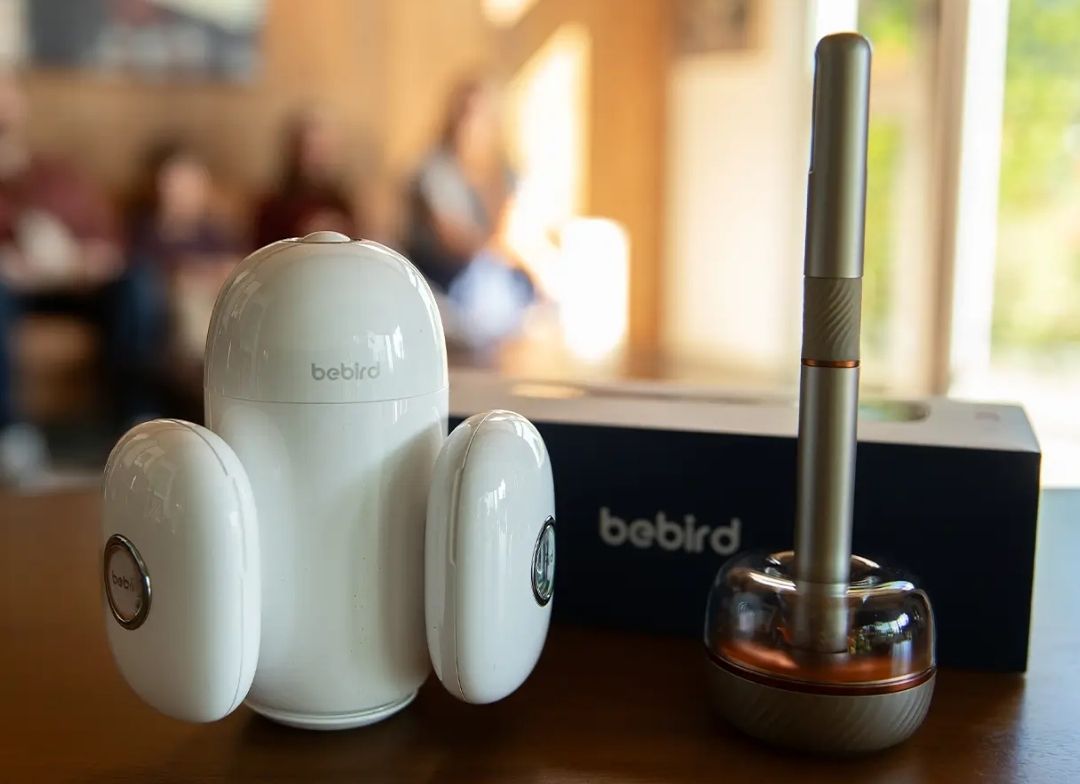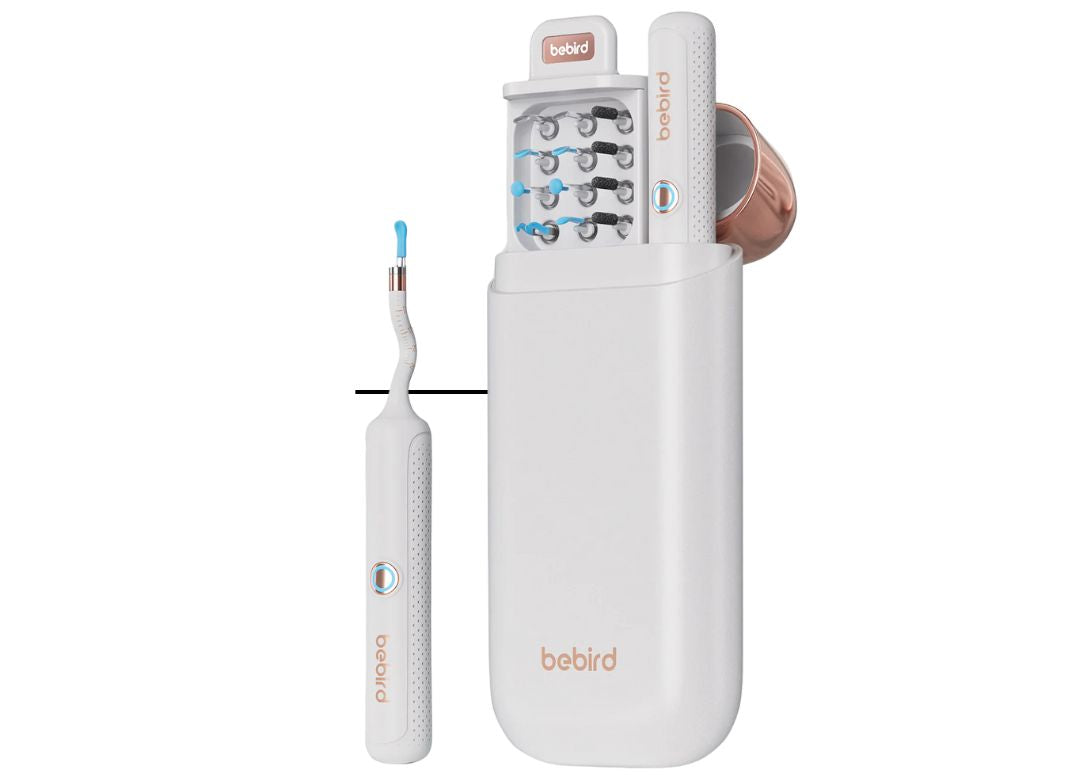Earwax may seem both unusual and problematic, yet it is very important for our ear health.
To avoid any discomfort or hearing loss, make sure you recognize the different types and reasons for these hearing issues.
It’s time to look at earwax, learn what kinds there are, and learn what you can do to deal with it effectively.
What Is Earwax and Why Do We Have It?
Earwax, which is also called cerumen, is created in the ears by natural glands. Your ears clean themselves with dead skin cells, sweat, hair, and fluids coming from special glands. Though it isn’t always anything to enjoy, earwax is very good for your hearing.
Earwax works mainly to defend your ears. It prevents dust, dirt, and tiny particles from touching your eardrum. Earwax contains substances that stop infections caused by bacteria or fungi. Moreover, it makes sure the ear canal avoids feeling dry and itchy.
One more interesting point about earwax is that it cleans your ears by itself. Moving your jaw from talking or chewing gradually brings earwax and any dirt inside out to the ear canal. For this reason, most people’s ears remain healthy without optional earwax removal.
What Are the Types of Earwax?
What many people don’t know is that earwax can be different for each individual. There are two main types of leaders.
-
Wet Earwax: The Sticky and moist type is called wet earwax. The common colors are yellow, orange, or brown. People of African and European origins are more likely to have wet earwax than others.
-
Dry Earwax: In this type, Earwax is dry and grey or tan in color. It is more likely for people from Asian or Native American backgrounds to have dry earwax.
The kind of earwax you have is determined by your genetic makeup. Your earwax’s dryness is determined by a particular gene, called ABCC11. It has been found by scientists that the type of earwax you have may determine how much body odor you create, since both are controlled by the same gene.

What Causes Excessive or Impacted Earwax?
Although earwax is needed, having too much of it can be troublesome. When earwax is left to build up, it might become hard and block the normal cleaning process of your ears.
Among the common sources for too much or impacted earwax are:
-
Using Cotton Swabs: When you clean your ears with cotton swabs, it often sends earwax deeper inside your ears, instead of cleaning them. With time, it may lead to blockages.
-
Wearing Earplugs or Hearing Aids: Earplugs or hearing aids may stop earwax from draining out naturally. If these are turned on permanently, it can cause a supply to grow.
-
Narrow Ear Canals: Sometimes, people have naturally narrow or curved ear canals, so the earwax finds it tough to leave through the ear canal. With time, this can add up.
-
Increased Wax Production: Certain situations or habits can result in the production of extra amounts of earwax. Working in dusty or dirty places, facing stress, and ear cleaning done too often, may increase earwax.
What Does Earwax Color Tell You About Your Health?
The look and feel of earwax may help you tell if your ears are healthy. This is what happens:
-
Light Yellow or Orange: A color of light yellow or orange shows that your earwax is normal and healthy. It works well to guard your ears from damage.
-
Dark Brown or Black: Sometimes, Dark Brown or Black color in earwax means it is older and contains more dirt. It’s nothing serious as long as there is no pain or unusual discharge.
-
Gray: Gray could mean there are bits of dust or dirt inside your ears, especially if you spend much time in pollution. In general, it does not cause any harm.
-
Green or Yellow with Foul Odor: When green or yellow fluid with an offensive odor is in the ear, it could be an infection, and a doctor should examine the ear. Most of the time, the smell is caused by bacteria or fungi.
-
Watery or Sticky: If your earwax is excessively watery, it could either be due to an infection or to moisture on your skin, perhaps from being in the water.
Best Practices for Managing Earwax Buildup
Taking care of earwax does not need to be difficult. Here are a few methods to help you take care of your ears safely.
-
Avoid Cotton Swabs: Avoid using cotton swabs at all times. They might overwork the wax and lead to greater problems.
-
Use Safe Tools: Consider using specialized tools for ear cleaning, like Bebird’s earwax cleaning tool.
-
Earwax Removal Tool: An ear cleaning kit is a safe option for gently removing earwax.
-
Ear Suction Tool: The ear camera offers an easy way to clean your ears without causing damage.
-
Earwax Camera: With the earwax camera, you can see what’s inside your ear while cleaning it.
-
Ear Cleaner Tool: The ear wax cleaner tool is designed to make ear care safe and effective.
-
Complete Earwax Tools: For all-in-one care, try the earwax cleaning tools.
-

-
Use Drops or Sprays: Earwax softening drops are available at most drugstores to help you remove earwax more easily. They help a lot of people who find that their ears accumulate a lot of wax.
-
Stay Hydrated: Make sure you are well hydrated because keeping your body hydrated will also protect your ears. Doing this ensures that earwax stays supple and not dry and hard.
-
Visit a Professional: For signs of impacted earwax, including pain or problems hearing, it’s important to consult directly with a doctor or audiologist. They have tools available that allow them to clean your ears without harming them.
Final Thoughts
You may not usually consider it, but earwax is vital for your ear health. Learning about each type of earwax, its causes, and how to deal with too much can preserve ear health. Standing by safe guidelines and relying on Bebird’s products are ways to protect your ears from common problems. Since your ears usually take care of themselves, always use gentle methods. If you are ever unsure, talk to a healthcare expert to keep your ears healthy.
Related Reading:
Can an Ear Infection Cause Tooth Pain?









Leave a comment
All comments are moderated before being published.
This site is protected by hCaptcha and the hCaptcha Privacy Policy and Terms of Service apply.